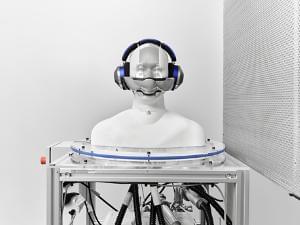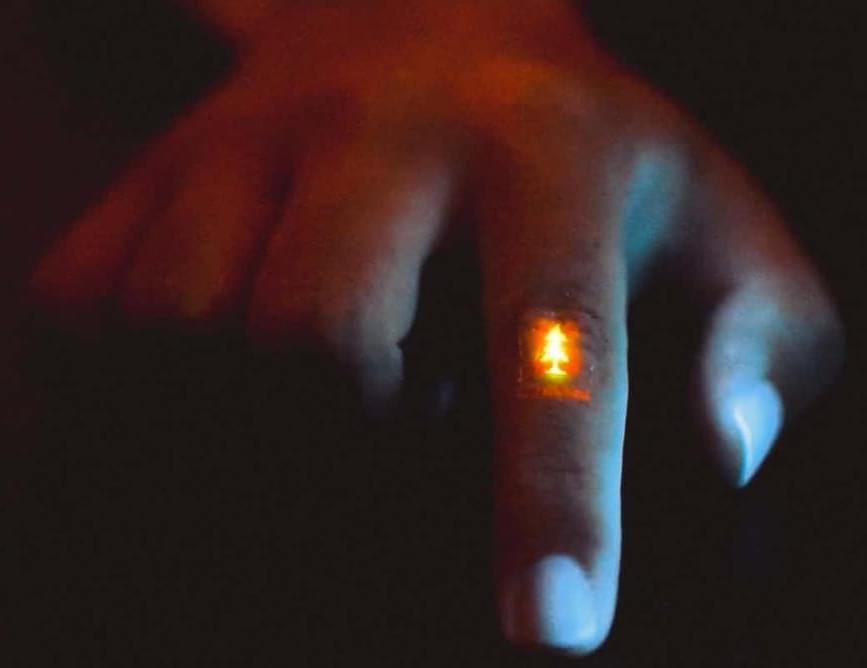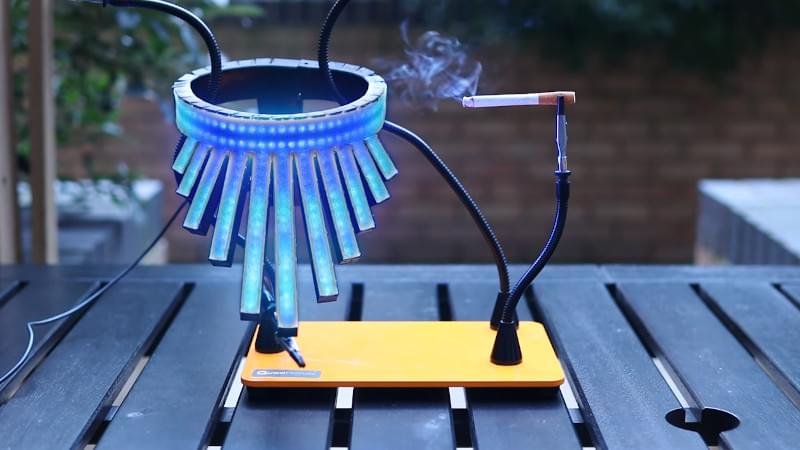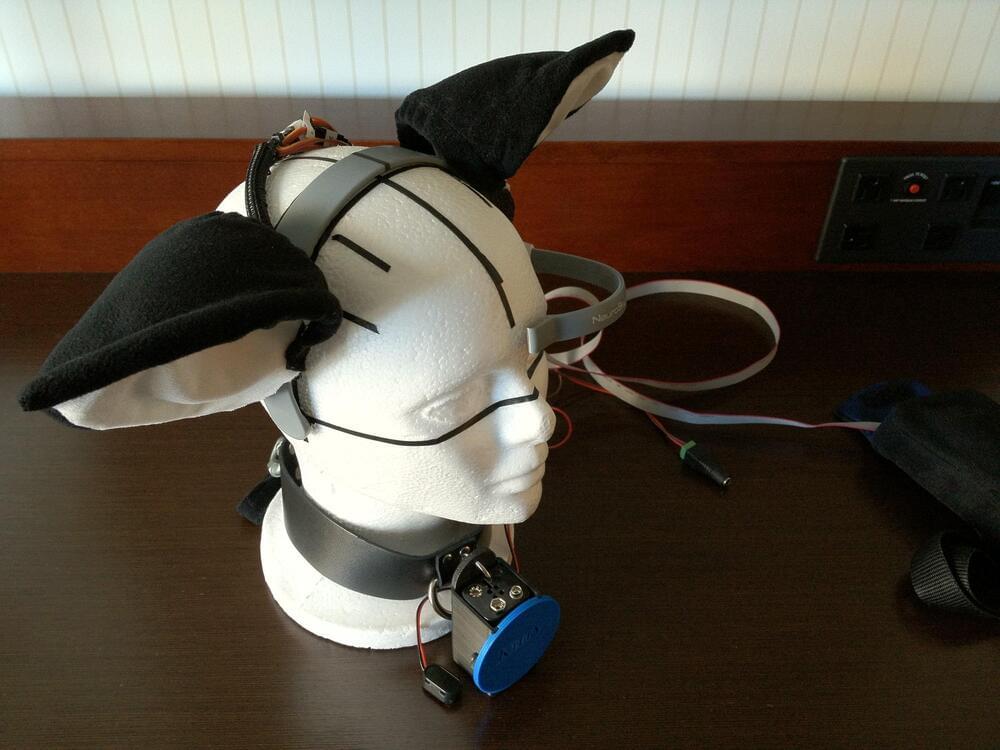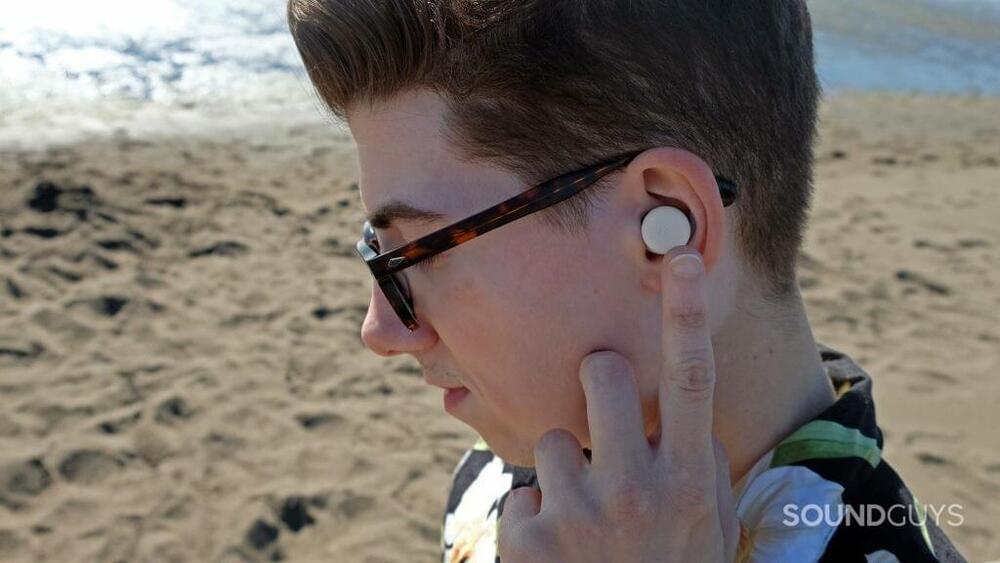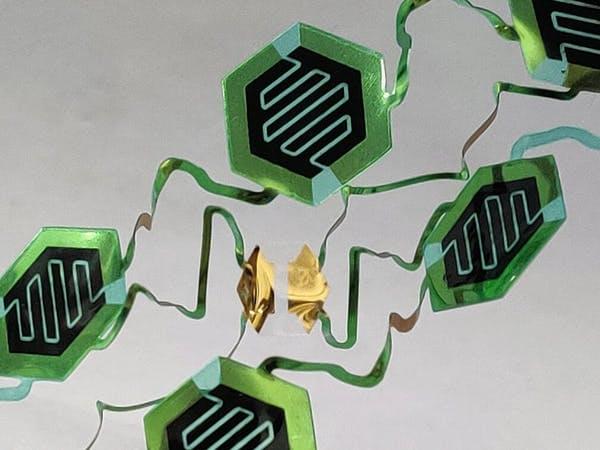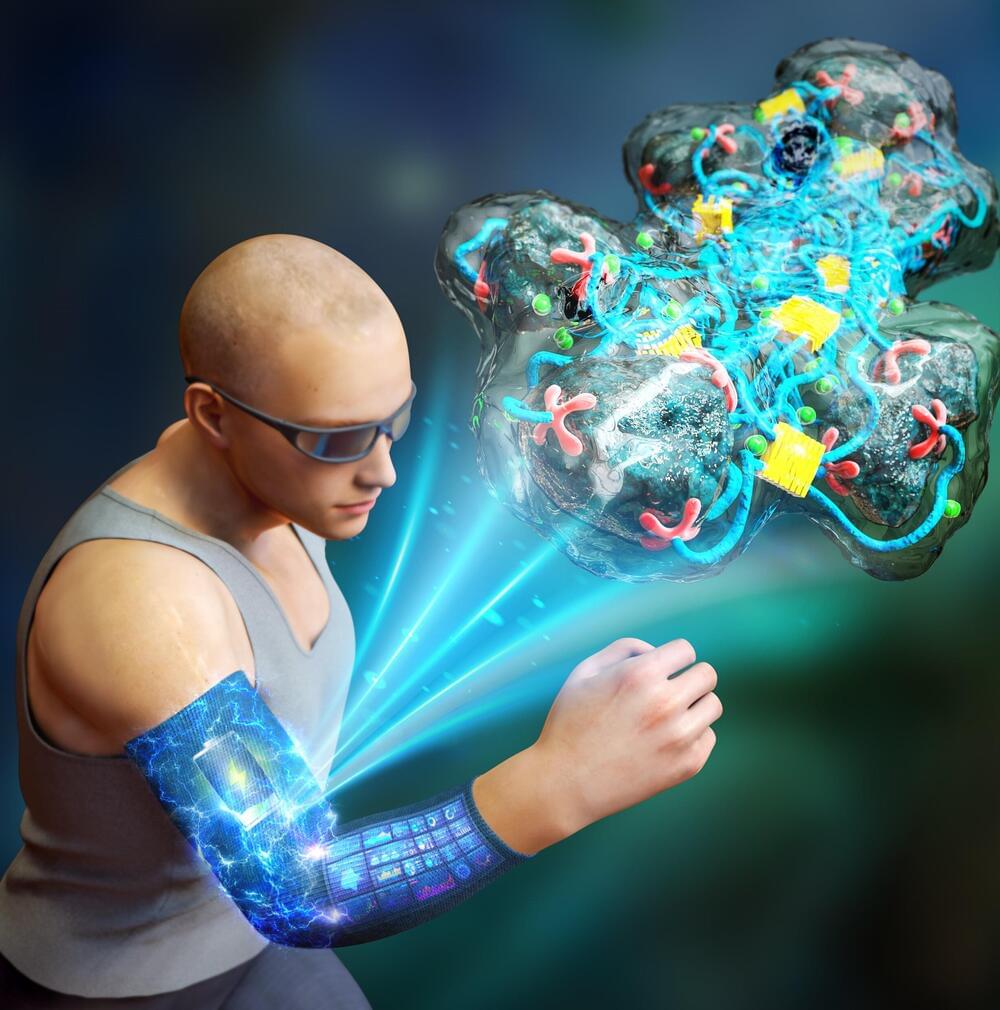
A Korean research team has developed a soft, mechanically deformable, and stretchable lithium battery that can be used in the development of wearable devices, and examined the battery’s feasibility by printing them on clothing surfaces. The research team, led by Dr. Jeong Gon Son from the Soft Hybrid Materials Research Center at the Korea Institute of Science and Technology (KIST; President: Seok-Jin Yoon), announced that they had developed a lithium battery wherein all of the materials, including the anode, cathode, current collector, electrolytes, and encapsulant, are stretchable and printable. The lithium battery developed by the team possesses high capacity and free-form characteristics suitable for mechanical deformation.
Owing to the rapidly increasing demand for high-performance wearable devices—such as smart bands, implantable electronic devices such as pace-makers, and soft wearable devices for use in the realistic metaverse—the development of a battery that is soft and stretchable like the human skin and organs has been attracting interest.
The hard, inorganic electrode of a conventional battery comprises the majority of the battery’s volume, making it difficult to stretch. Other components, such as the separator and the current collector for drawing and transferring charges, must also be stretchable, and the liquid electrolyte leakage issue must also be resolved.
